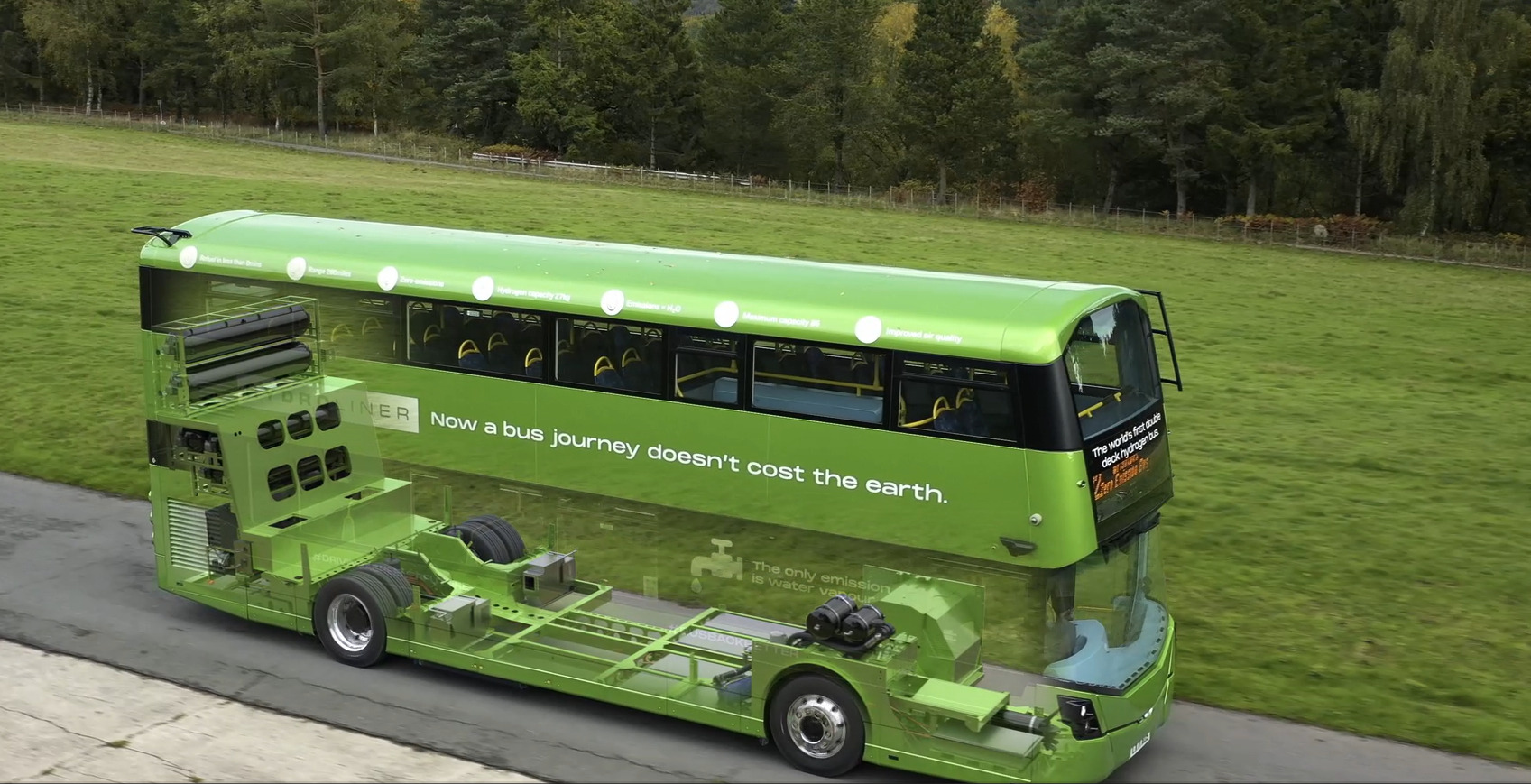In June 2019 the Government raised the UK’s ambition on tackling climate change by legislating for a net-zero greenhouse gas emissions target for the whole economy by 2050. Decarbonising the energy sector is integral to achieving this goal and requires major investment in a variety of technologies, including hydrogen. The UK government has committed to a target of 10GW of low carbon hydrogen by 2030 to which this project will contribute.
Hydrogen is made from the splitting of water into oxygen and hydrogen. It can be used as a method of utilising low carbon energy at times where generation is high but demand in the area is low, maximising the use of energy.
Hydrogen can also be used to replace carbon emitting fuels such a diesel and natural gas. Low carbon hydrogen, such as the type that will be produced at the Bradford Hydrogen Production Facility, can be used in the transport industry, for example to support vehicles undertaking longer routes, that can’t be easily supported using batteries. The waste product from the use of hydrogen is water meaning in residential areas emissions will be lower than the existing diesel buses on the road.
Bradford Council declared a climate emergency in January 2019 and are committed to becoming a net zero organisation by 2038, working with partners to reduce the District’s green house gas emissions.
In March 2020 Bradford Council published their Sustainable Development Action Plan which commits to embracing the opportunities offered by hydrogen, among many other plans to improve the green infrastructure in the city.
The Bradford Hydrogen Production Facility is close to two bus depots where Bowling Back Lane meets Wakefield Road. A hydrogen facility could support future bus fleets that operate from these locations and help Bradford’s local transport be as green as possible.
The measures Bradford is putting in place are in line with the UN’s Sustainable Development Goals and will cut carbon and costs, help to generate new jobs and sustainable economic growth through investment in a green economy. Research undertaken by Leeds City Region suggests that clean growth could add £11bn to the city region economy and create 100,000 extra skilled jobs for local people.





